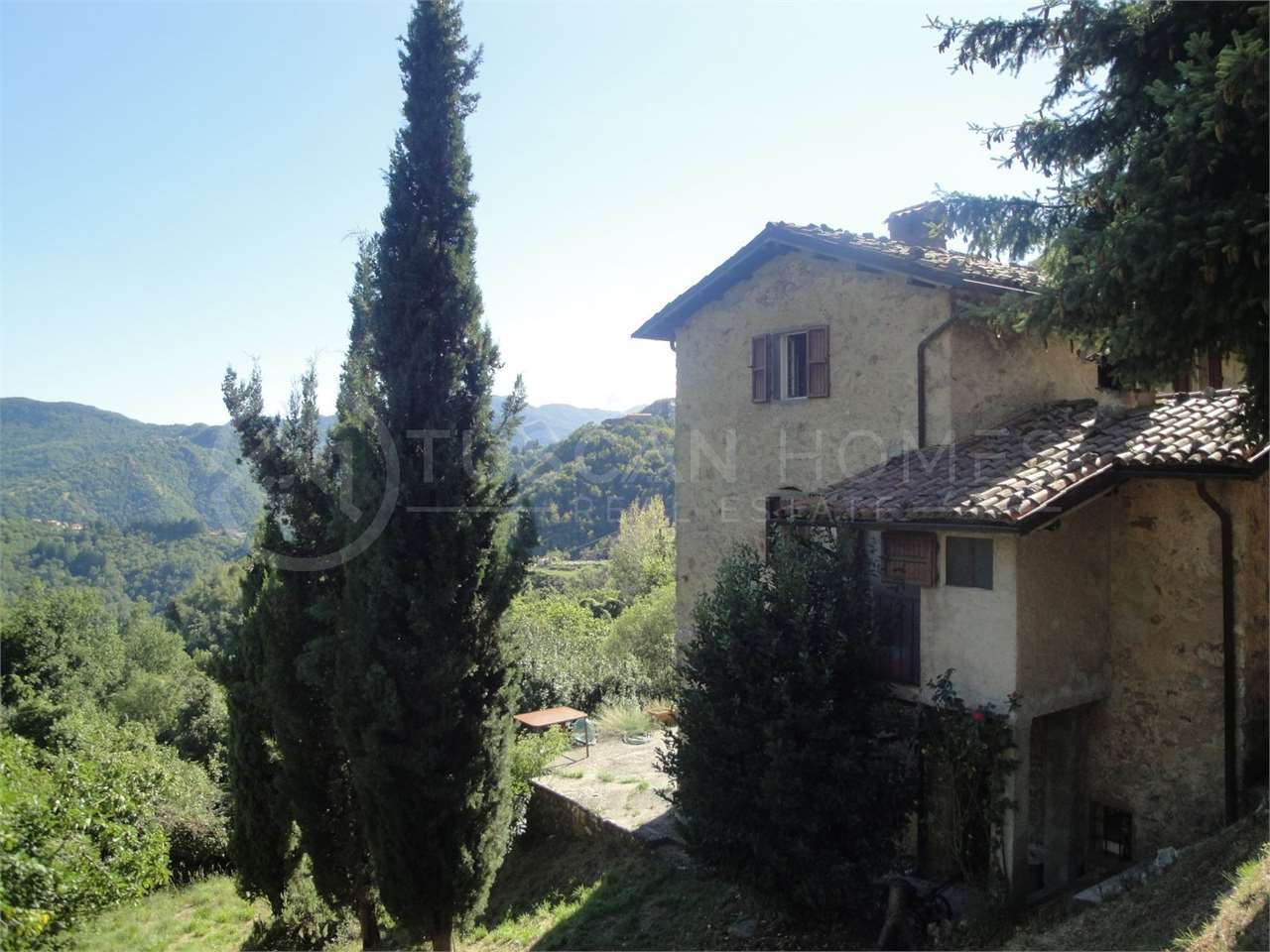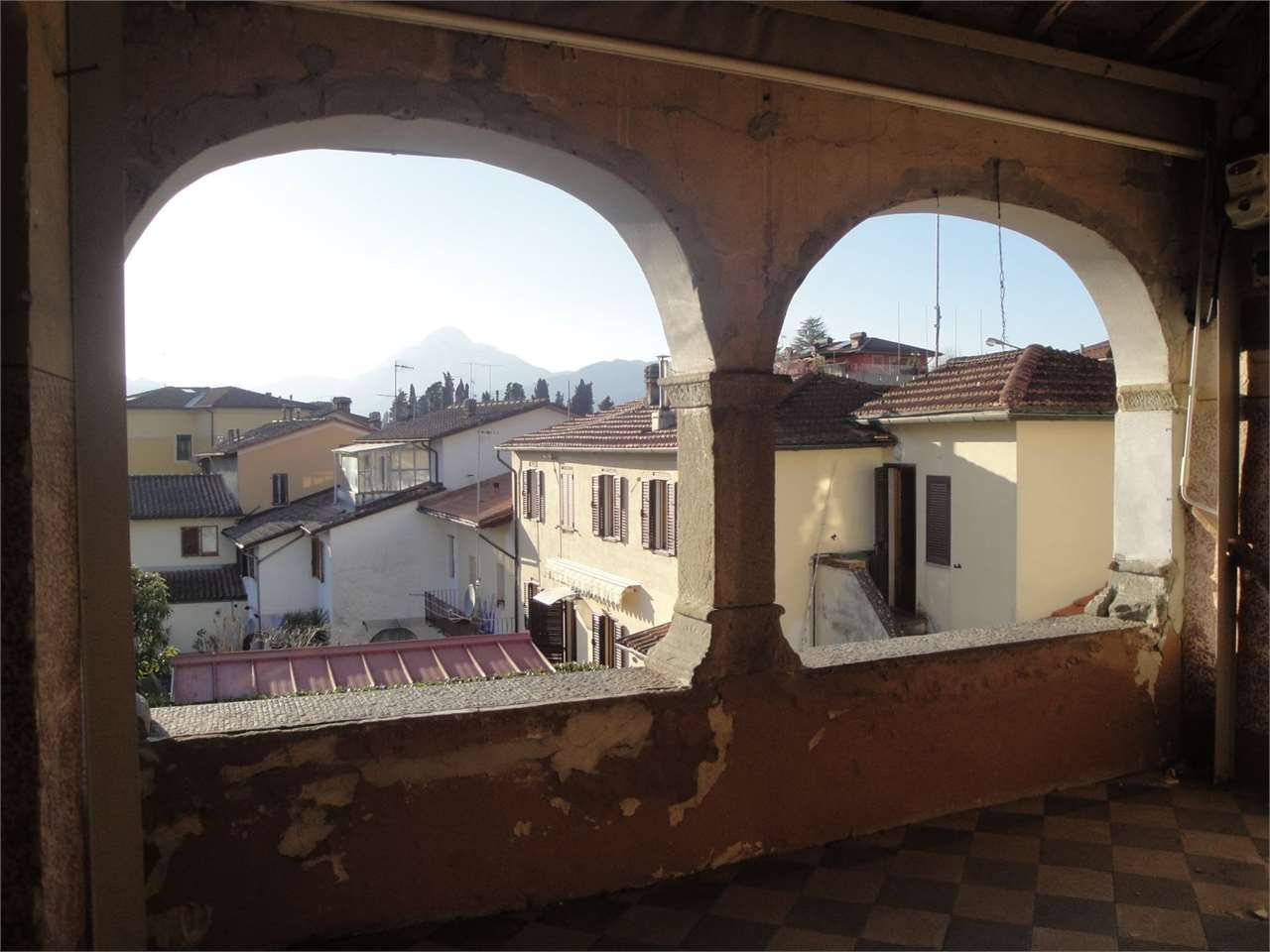Barga

Here is where the real Tuscany sleepily awakes to the aroma of fresh ground coffee, the air alive as the town heads for their still warm, oven baked bread.
A population of 4.000 and 7 banks in town speaks volumes.....Here you truly can live "La Dolce Vita!" A two bedroom apartment can be found for as little as 190k yet it is home to some of the most expensive properties in Tuscany.
Barga, situated in the Province of Lucca (recently the scene of Jermey Clarkson Top Gear episode) is the most affluent town in the Media Valle, it's historic connections from Medieval times are intrinsically linked to Florence. The town was well known during the Middle Ages for the manufacture of silk threads which were exported to major centres such as Florence, its mills powered by the hydraulic power of the nearby creeks. In the Middle Ages, Lucca and Pisa battled frequently to conquer the wealthy town and the surrounding territory, and for a time Barga was part of the Florentine dominion, later Duchy and Grand Duchy of Tuscany. In 1847 it became part of the Duchy of Lucca, maintaining a certain degree of autonomy, until it became part of the Kingdom of Italy.
In 2008 Barga became the first medieval historic centre in Italy to be mapped and equipped with QR codes (2D barcodes). There is an annual international opera festival, called "Opera Barga Festival", and a long running and very successful jazz festival, "Bargajazz". Barga's Theatre: Academy of Different (so called because different people paid for it to start) was founded in 1668 with the aim of increasing the passion for the theatre as a means of cultural elevation. After a century of life this theatrical space proved inadequate to the increased needs and demands of Barga and in 1792 the theatre was extensively renovated, The theatre was re-opened in 1795 and the inauguration was celebrated with the presentation of "The Secret Wedding!" by Domenico Cimarosa.
The hamlet of Castelvecchio (part of Barga) was the home to one of Italy's most important 19th century poets Giovanni Pascoli. Barga is also home to the writers Tom Gabbay and David Baldacci's family are from Barga. In nearby Coreglia is the ancestral home of actress Susan Sarandon. Barga has become the home of several contemporary artists including John Bellany. Notable rich and famous from New York to London have homes here, where life is low key, but desirable in all that matters.
Castelnuovo di Garfagnana

The busy market town serving all of the Garfagnana with it’s 20 + villages and hill towns, with Roman roads meandering gently upwards with breath-taking panoramas, the Strada d’Arni which leads to the Riviera towns of Viareggio, Forte dei Marmi from the Garfagnana, is a must-do drive passing through the marble quarries of Massa Carrara, views of the rugged honed marble peaks a sight to behold.
Historical in the not to distant past, it was common place up until the early ‘60s to see the farmers in the town square on a Sunday morning selling and exchanging their produce with chicken, rabbits, pigs ,flour or olive oil, beans, spelt etc… a reminder of the olden days indeed. There are many varied properties in the surrounding area with availability to suit many life styles from apartments to Villas… Worth viewing.
Bagni di Lucca

This town has been known for its thermal springs since the Etruscan and Roman times.
The town became the summer residence of Elisa Baciocchi the sister of Napoleon; to entertain the socialite night life, a Casino was built which also doubled as a Grand Ballroom, though no longer in use, it still stands and has been recently refurbished. The hospital in the area of Bagno Caldo was built in 1826 by the philanthropist Nicholas Demidoff. Additionally, temporary villas of previous poets writers and businessmen are also main sights. One of the main villas is that of the poets Robert Browning and his wife, Elizabeth Barrett Browning, who spent a lot of time in the town.
Essentially a spa town, the spa itself is open daily operating as it did 200 years ago, the waters coming out of the springs straight to the steam baths at temperatures ranging from 35c-58c.
The area of Bagni di Lucca is surrounded by hill sides and hill-top towns most of which have been maintained and refurbished throughout the years in keeping with the traditions and workmanship of readily available artisan labour.


